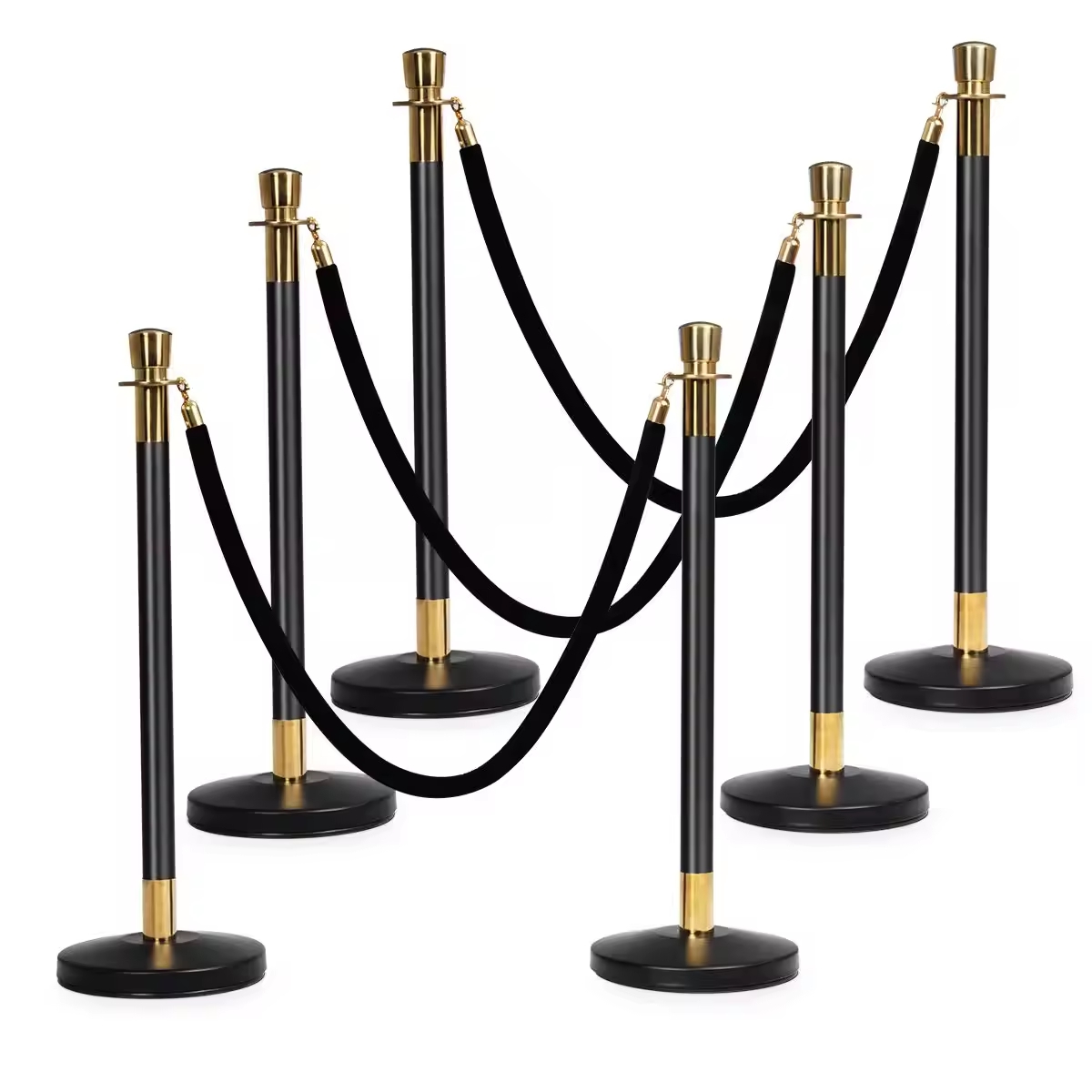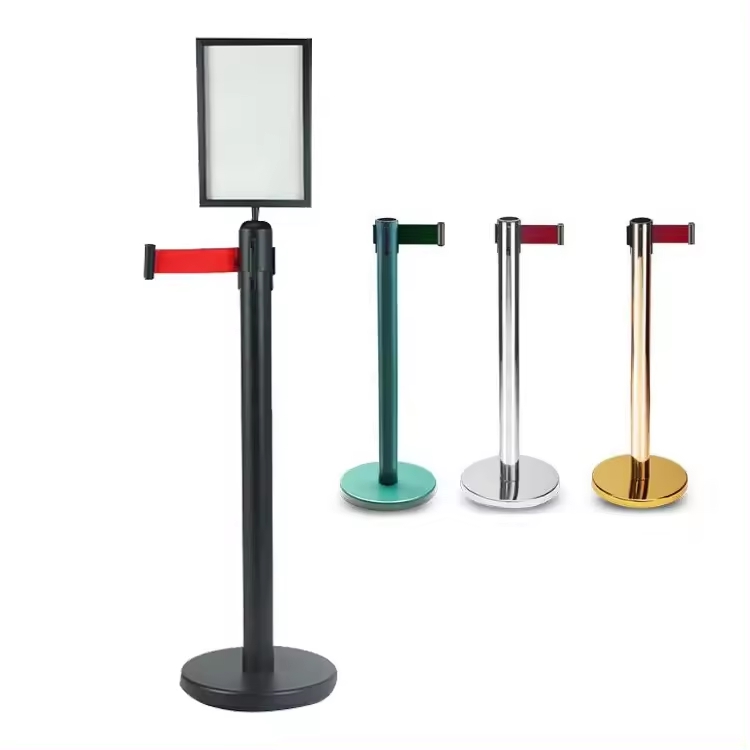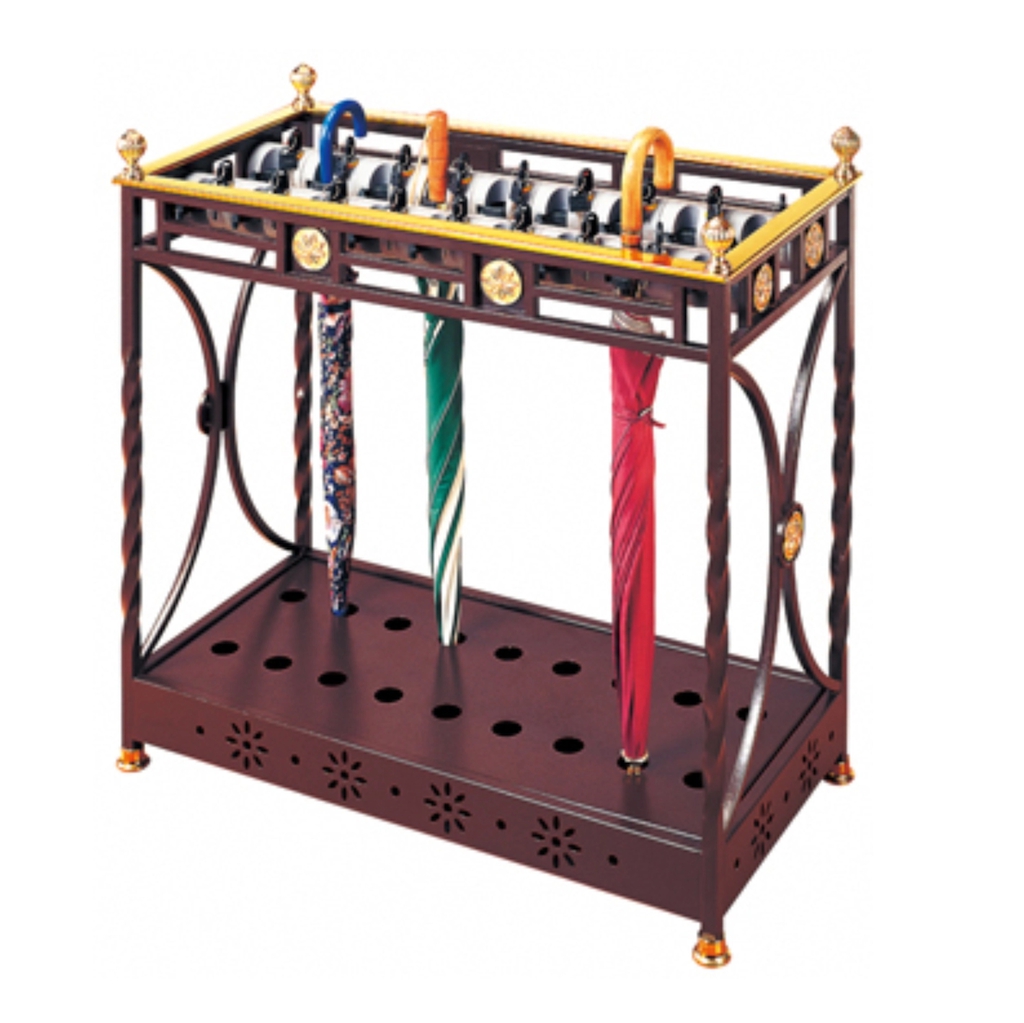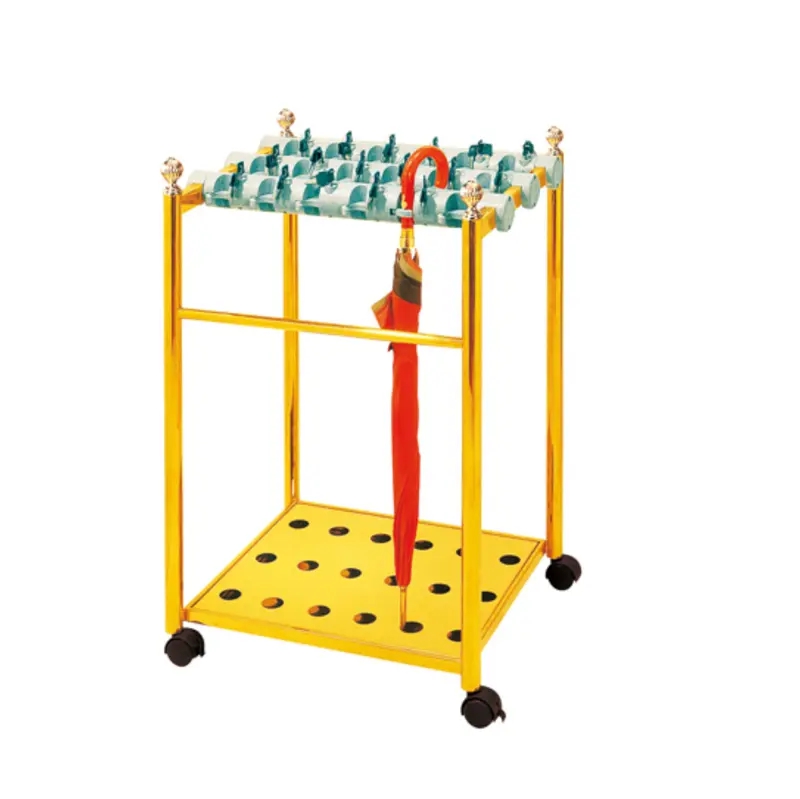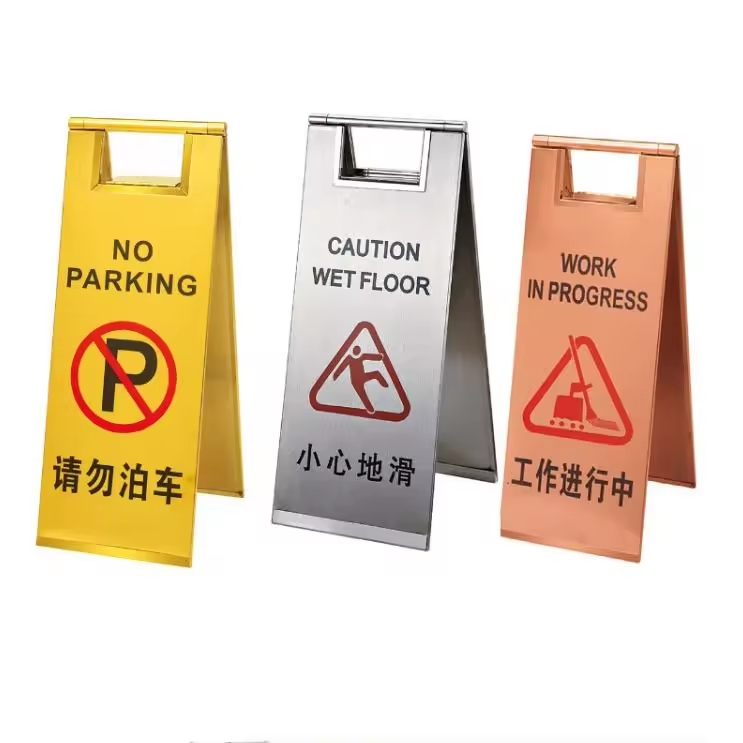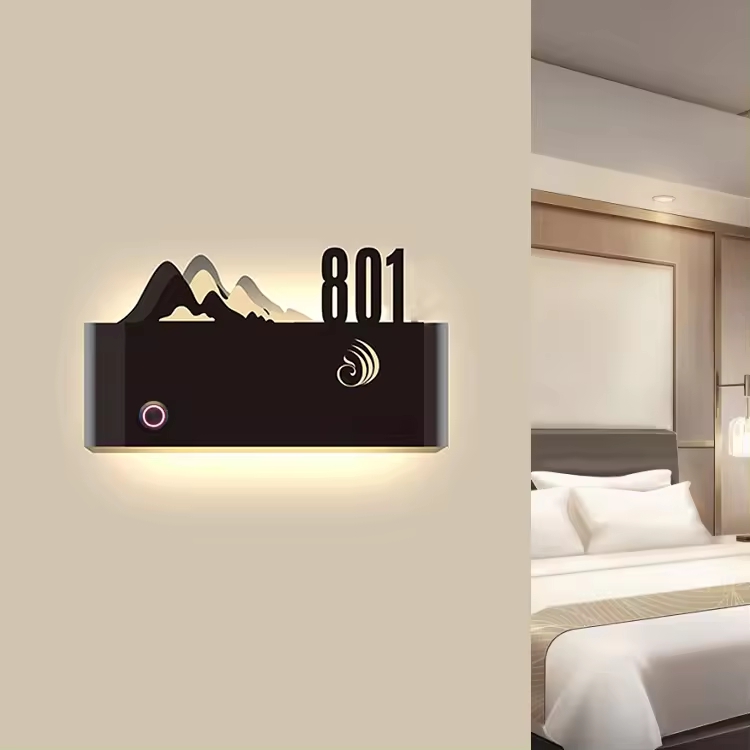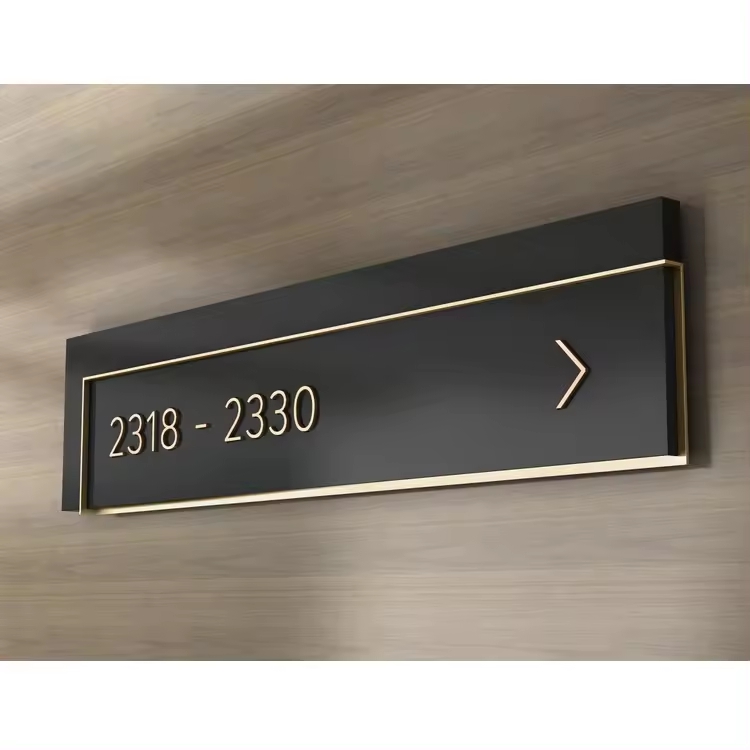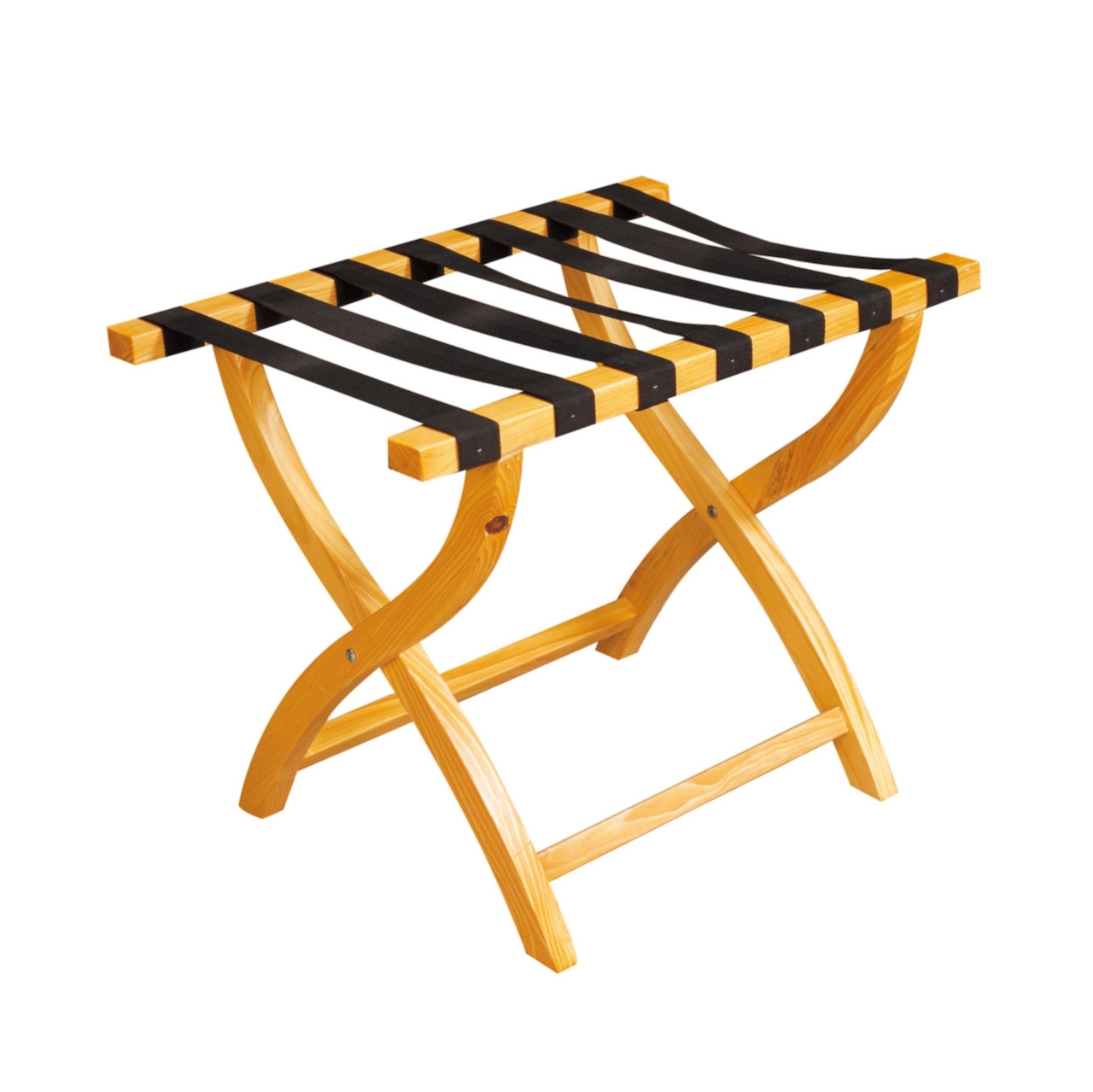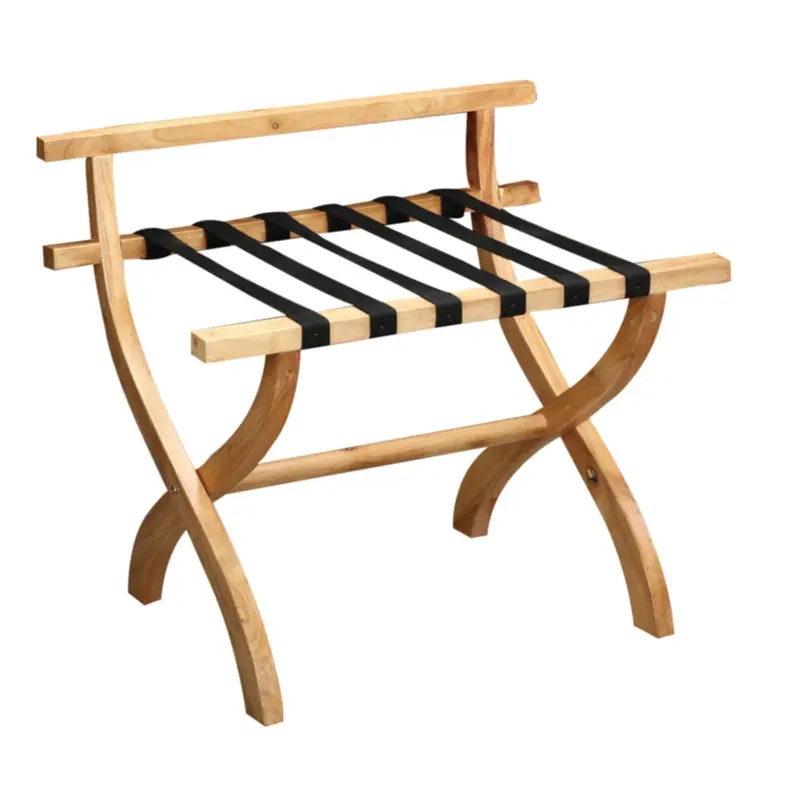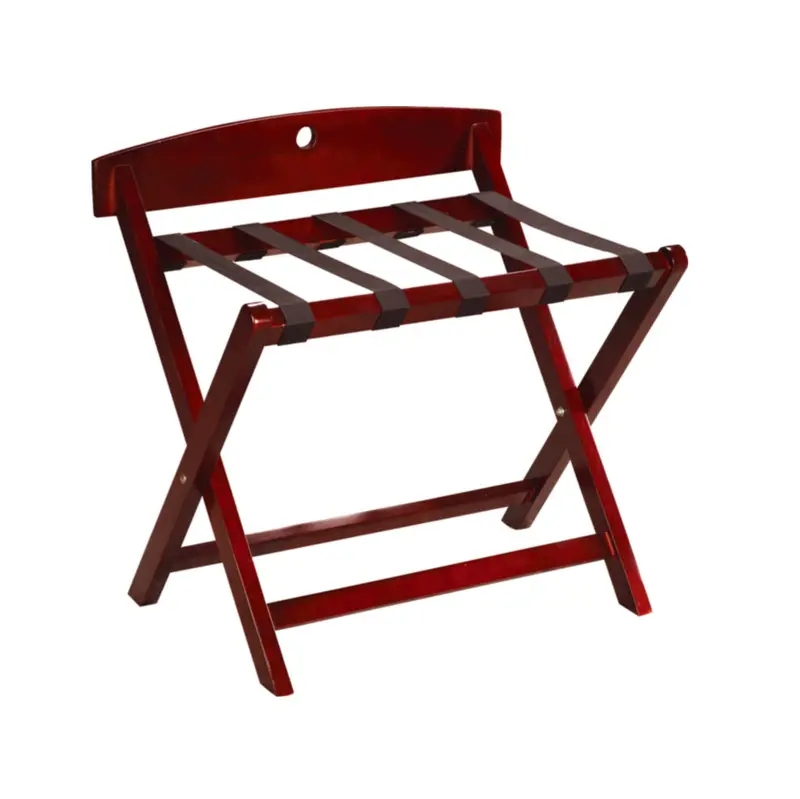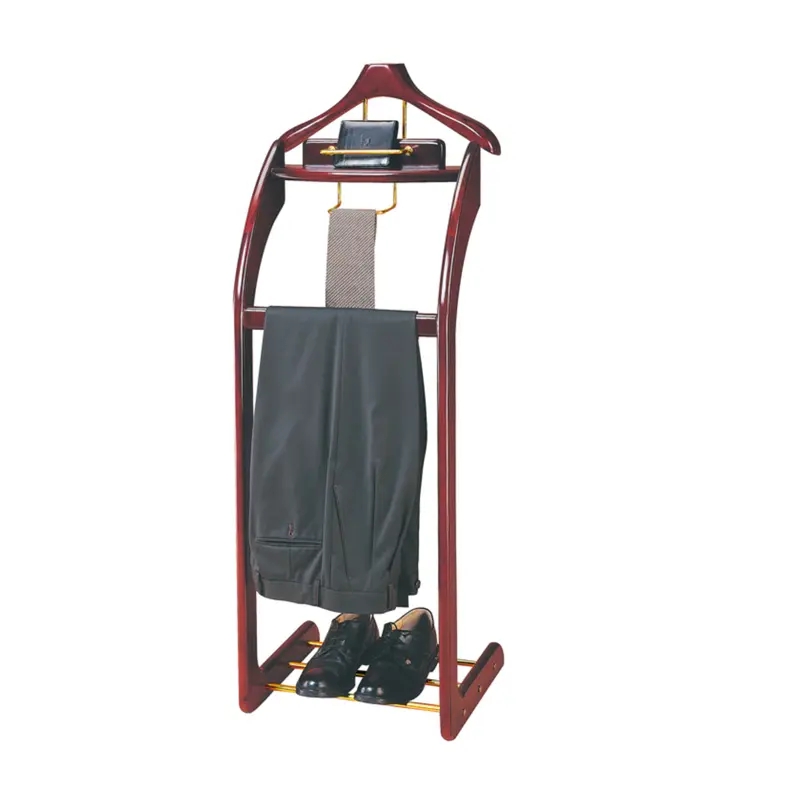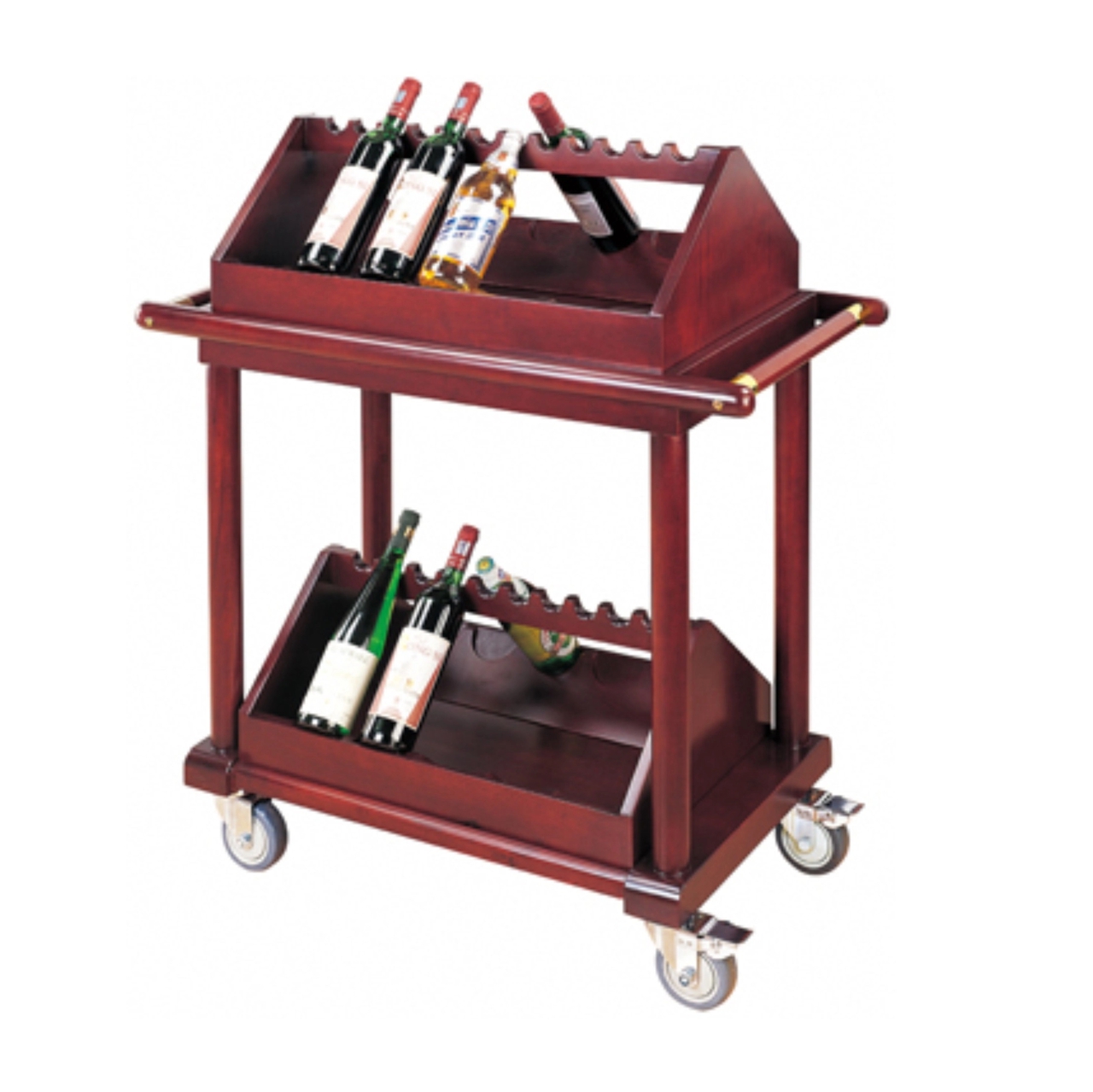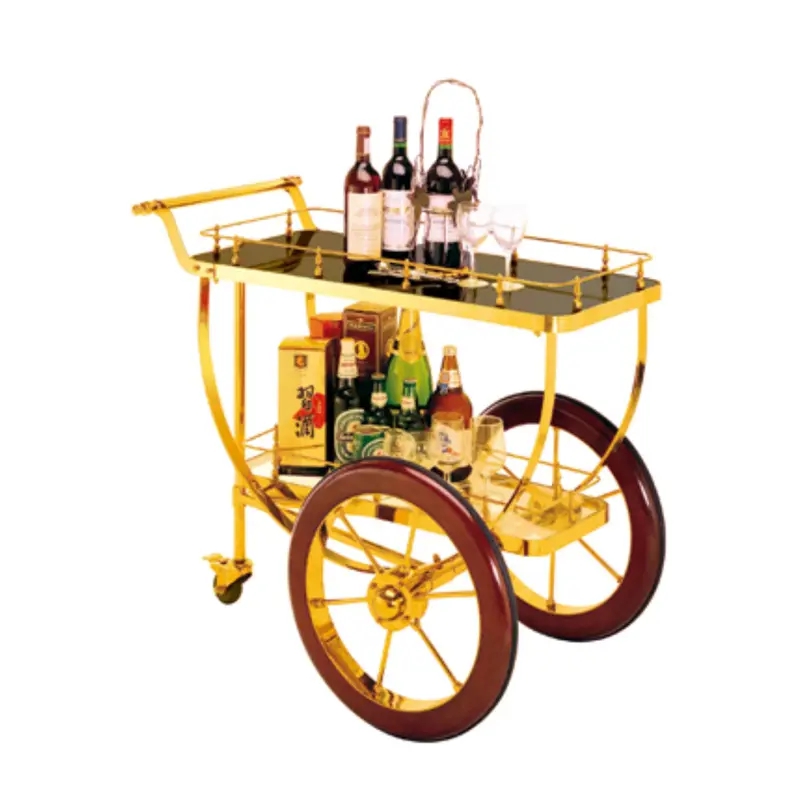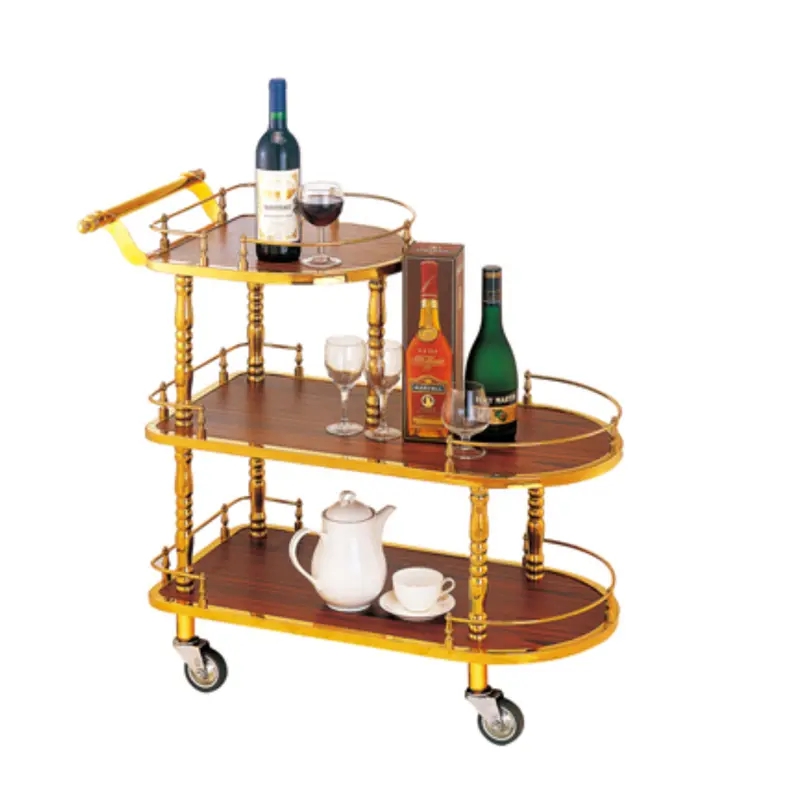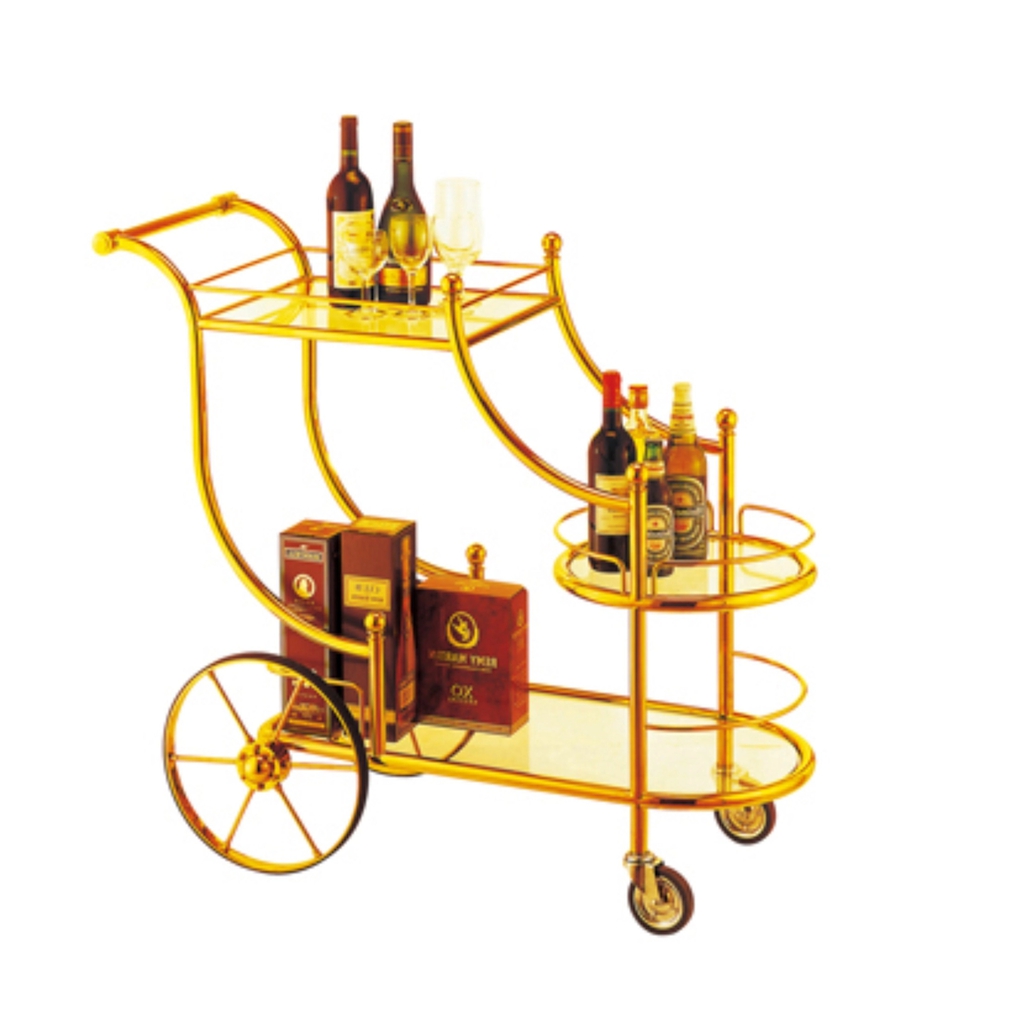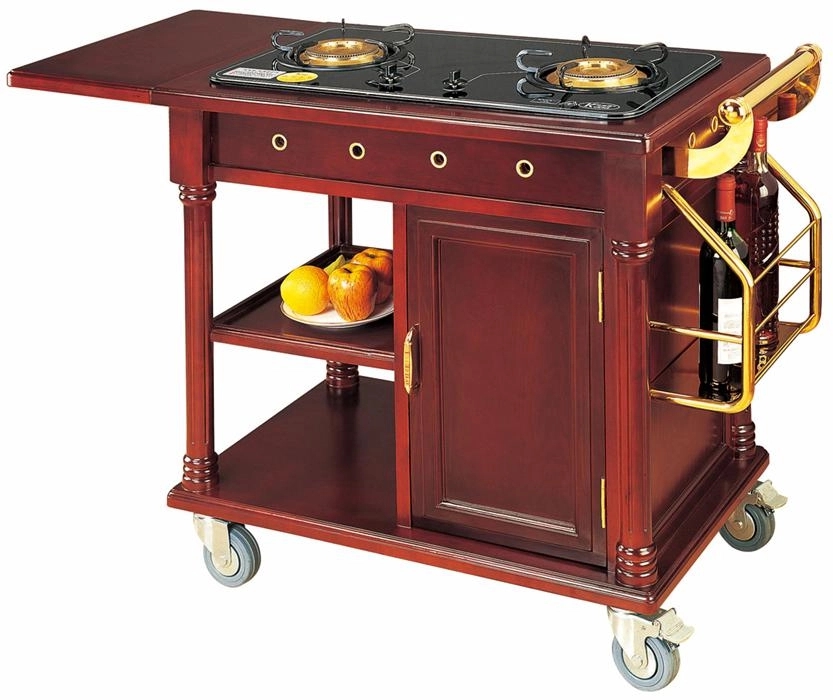Debunking Four Common Myths About Hotel Furniture Materials
Publish Time: 2024-11-05
As hotels strive to offer high-quality stays, the selection and design of hotel furniture have become key indicators of comfort and class. Among these, the choice of materials is particularly crucial, directly affecting durability, aesthetics, and eco-friendliness. However, many hotel managers and buyers often fall into some common misconceptions. Here, STL HOTEL FURNISHING uncovers the four most prevalent myths surrounding hotel furniture materials, helping you make more informed choices.

Myth 1: Solid Wood Always Beats Engineered Wood
Truth: Many believe solid wood is superior, offering natural beauty, durability, and eco-friendliness. While solid wood has unique appeal, it isn’t always the best choice, especially in commercial settings like hotels. Solid wood is sensitive to changes in temperature and humidity, which can lead to warping or cracking, and it requires costly maintenance. In contrast, high-quality engineered wood materials like multi-layer plywood or medium-density fiberboard (MDF) are scientifically treated to offer enhanced stability, water resistance, and durability, making them ideal for the heavy usage typical in hotels.
Myth 2: Eco-Friendly Materials Contain Zero Formaldehyde
Truth: "Eco-friendly" doesn’t mean "formaldehyde-free." Formaldehyde is an inherent byproduct of the adhesives commonly used in wood processing, and complete elimination is practically impossible. Eco-friendly materials focus on limiting formaldehyde emissions to levels far below regulatory standards, making them safe for health. When choosing materials, it’s essential to verify formaldehyde emission reports instead of being swayed by claims of “zero formaldehyde,” which may be misleading.
Myth 3: Higher Price Equals Better Quality
Truth: Price is not always an indicator of quality. In the hotel furniture market, prices can vary due to factors like material costs, production methods, and brand reputation. Some high-end brands may charge premium prices, but that doesn’t guarantee superior quality compared to reasonably priced materials with excellent performance. At STL HOTEL FURNISHING, we emphasize value by offering materials that balance performance with cost-effectiveness, enabling hotels to achieve quality without overspending.
Myth 4: Ignoring Material Durability and Maintenance
Truth: In a high-traffic environment like a hotel, the durability and maintenance requirements of furniture materials are crucial. Some hotels may prioritize trendy or decorative materials, overlooking the practical performance aspects. For instance, decorative but delicate materials may scratch easily or lack resistance to stains, resulting in frequent maintenance needs and higher long-term costs. When selecting materials, focus on features like scratch resistance, ease of cleaning, and wear durability to ensure that furniture remains in top condition over time.
Conclusion
When choosing furniture materials for hotels, it’s essential to move beyond these common misconceptions. With a balanced, scientific approach, STL HOTEL FURNISHING can help create furniture that is not only attractive and functional but also sustainable and economical. This careful selection ultimately offers guests a comfortable and worry-free stay, enhancing the overall experience.



